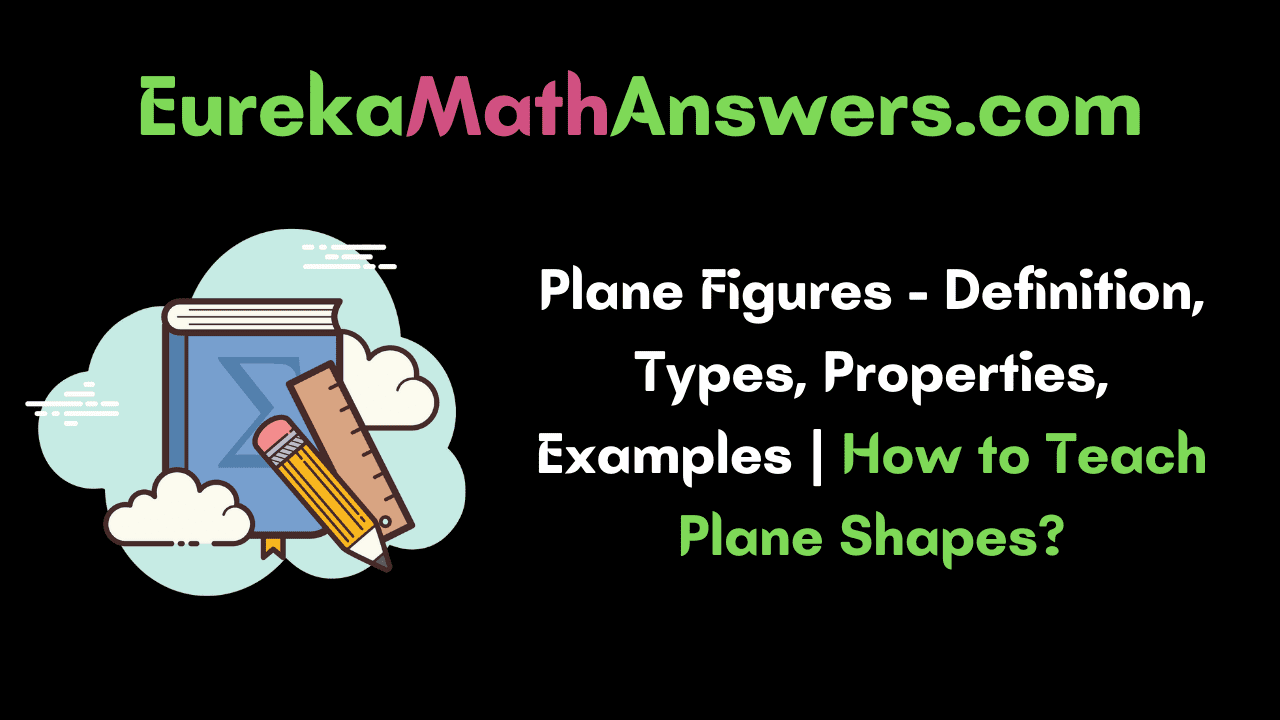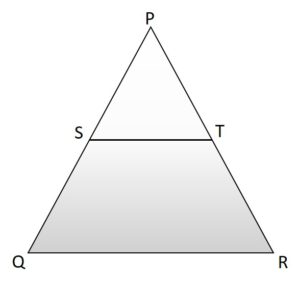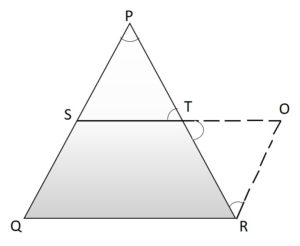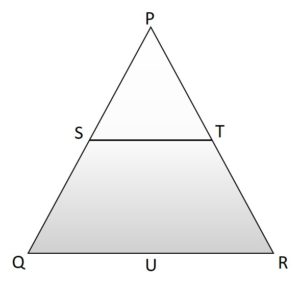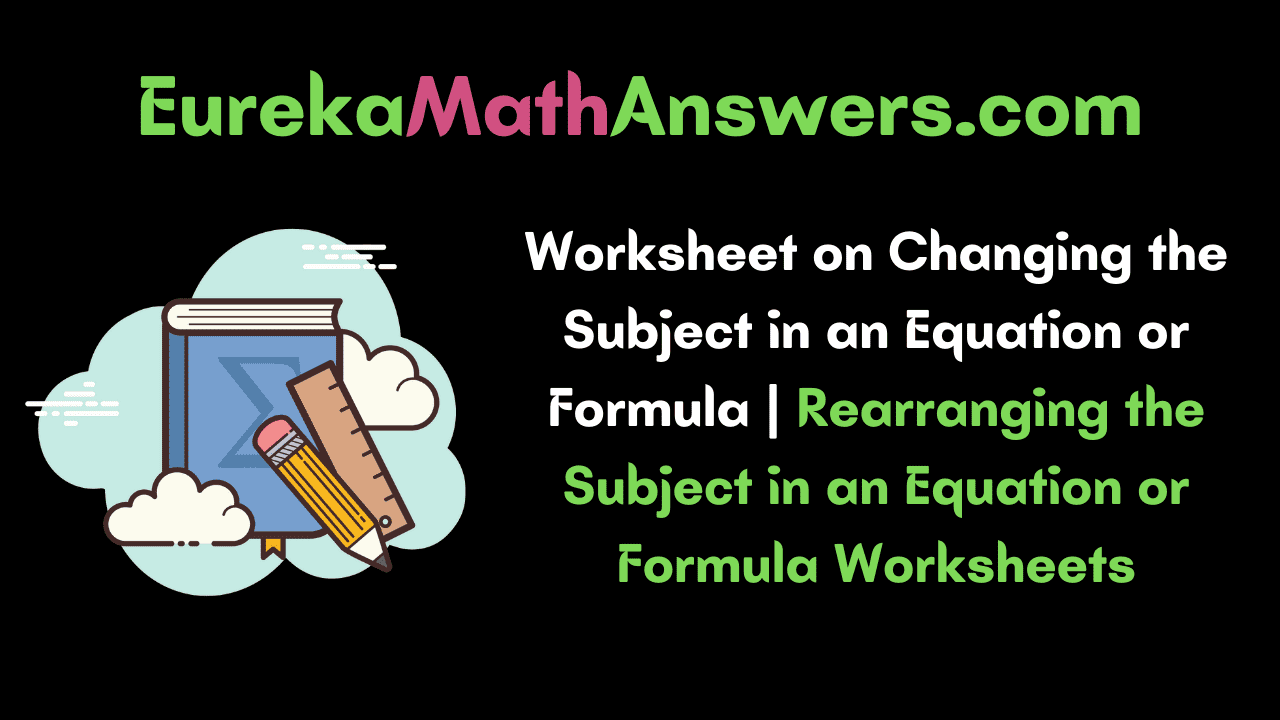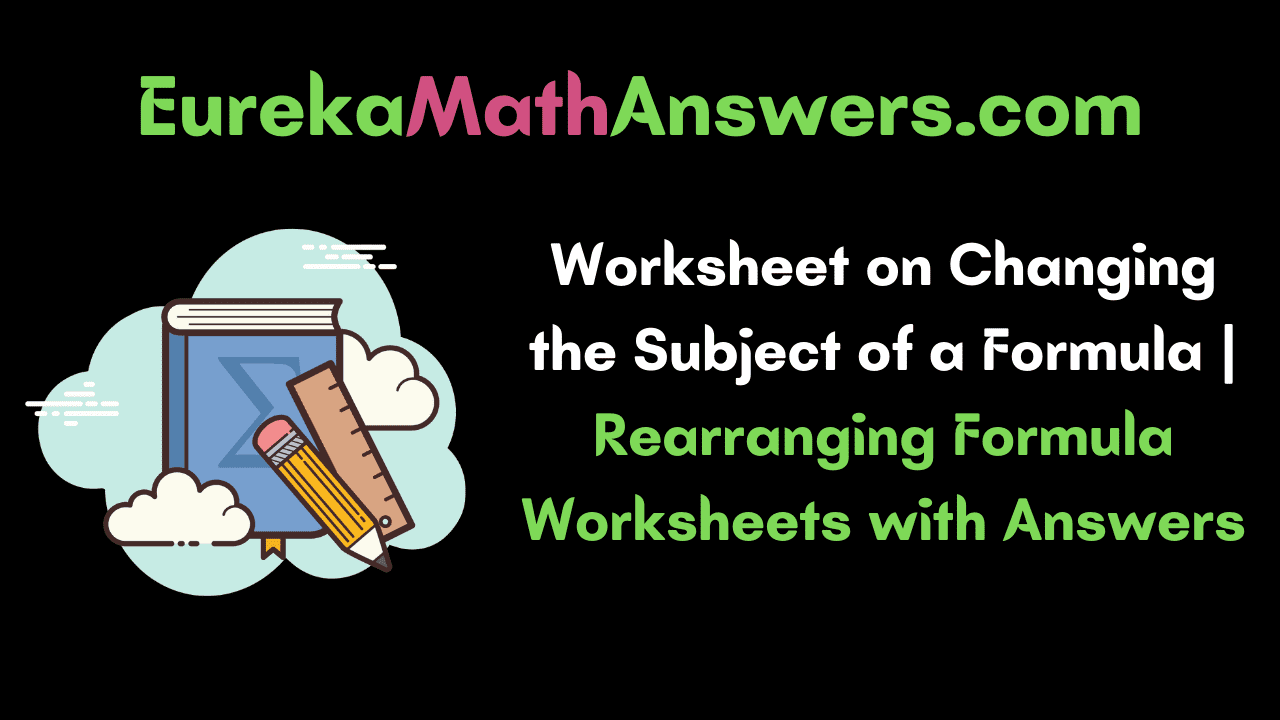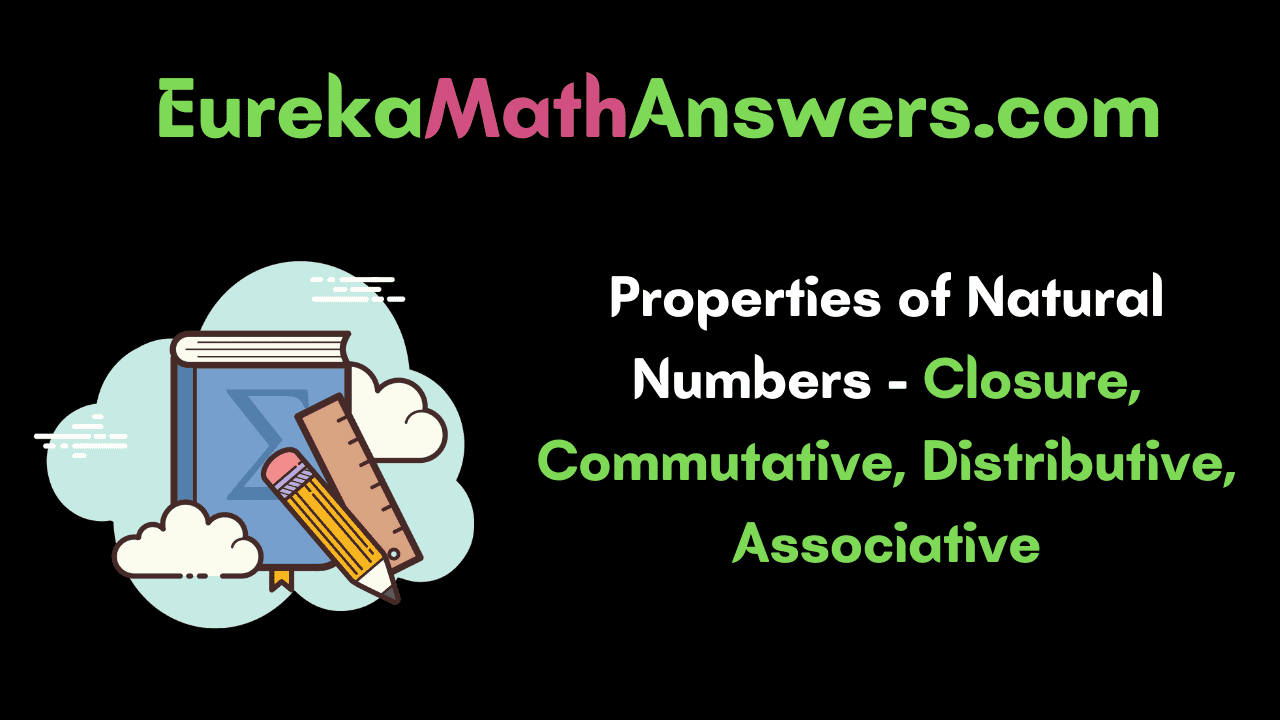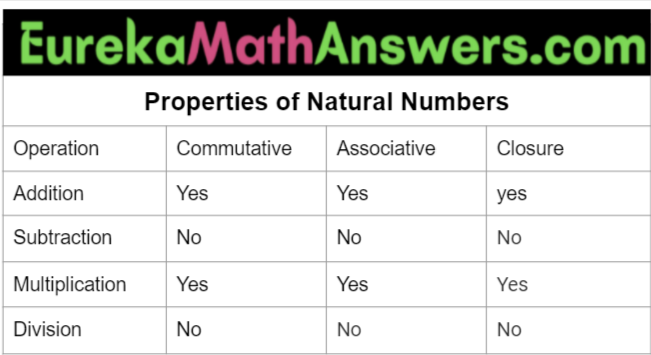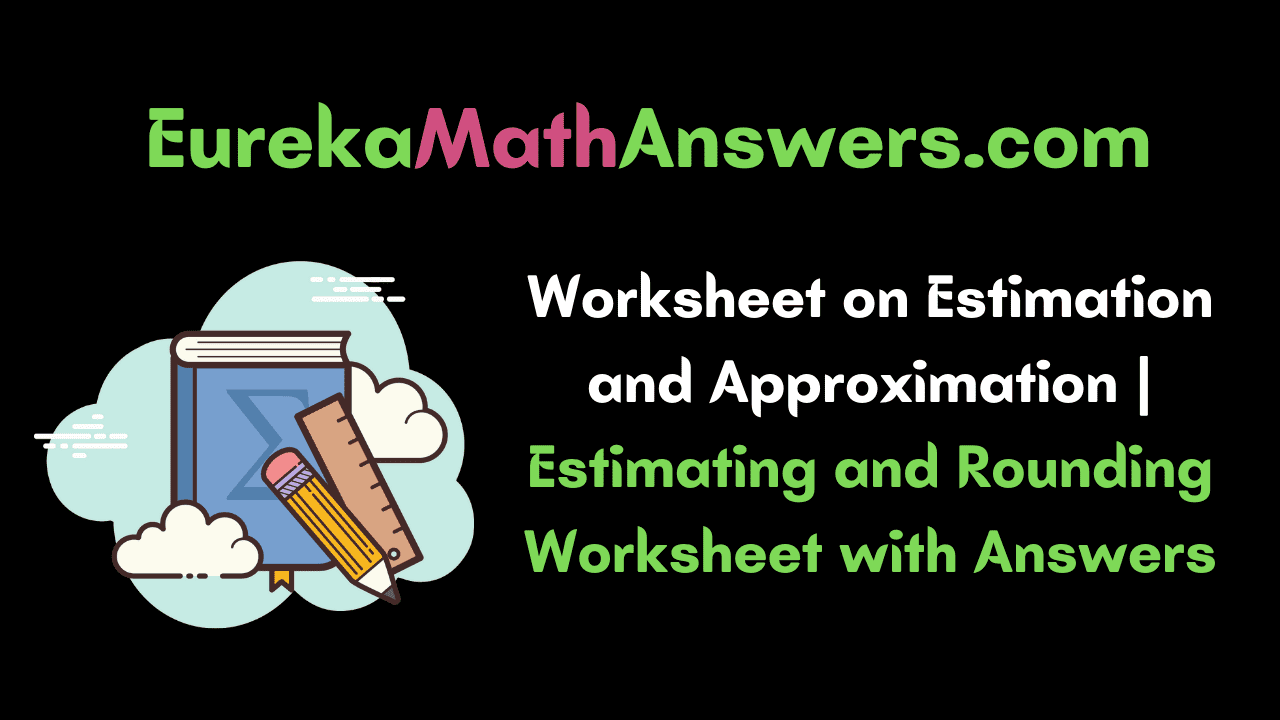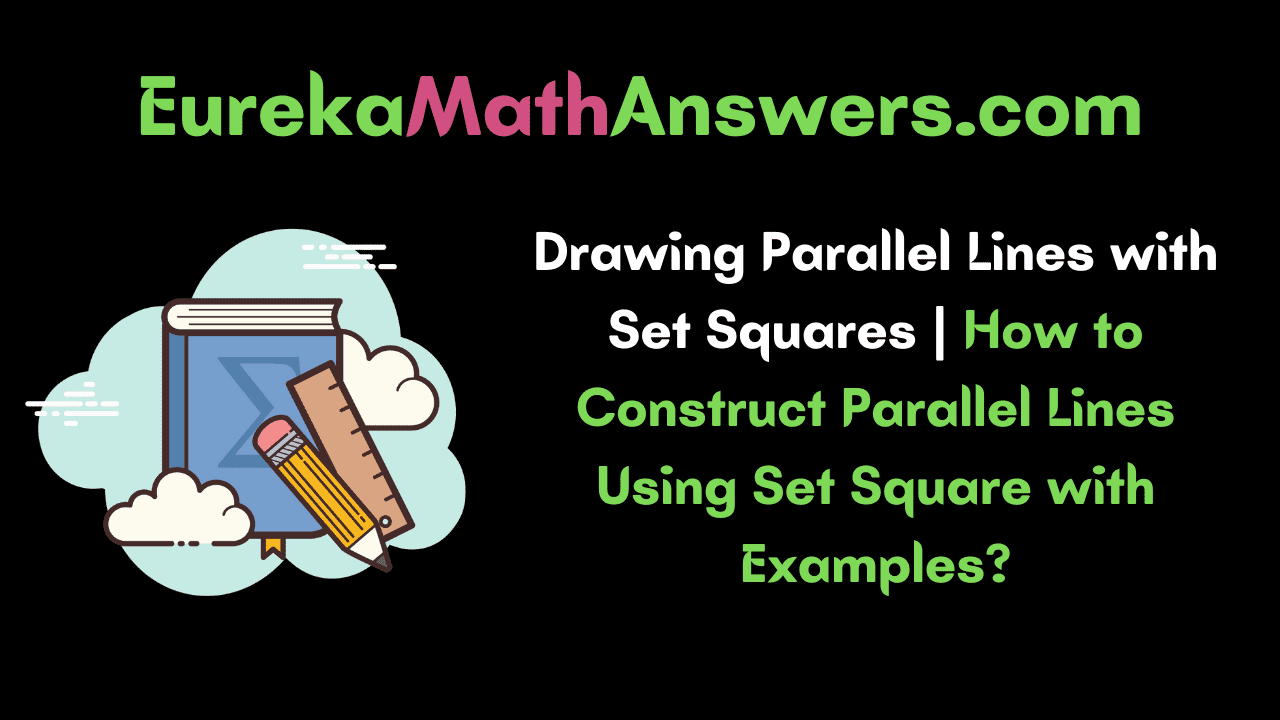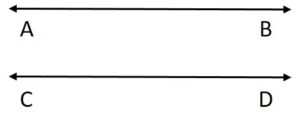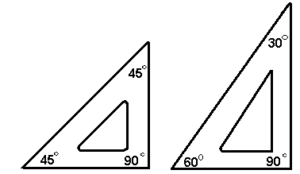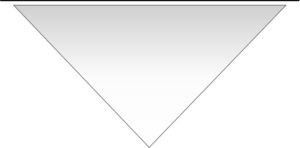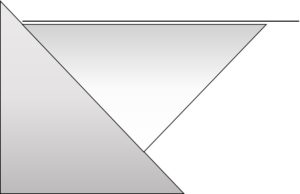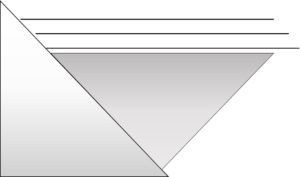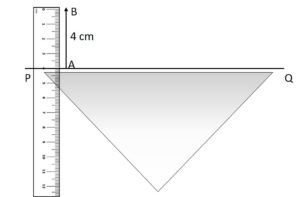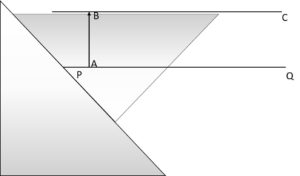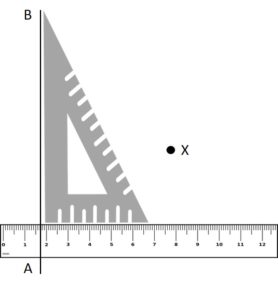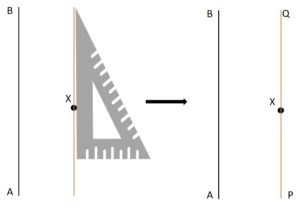On this page, you have to learn about Plane Figures definitions, types, and examples are here. These figures will demonstrate the shape of objects we see in our daily life. The plane shapes are two-dimensional closed shapes with no thickness and are known as 2-D shapes.
Check the various two-dimensional shapes along with their properties and perimeters to know the complete details. Follow the solved example problems, frequently asked questions of a plane figure. Go through the further modules to know how the shapes are described and how the area and perimeter are calculated.
Also, Read:
Plane Figures – Definition
A plane figure is defined as a geometric figure it has no thickness. It consists of line segments, curves, or a combination of both line segments and curves. Some examples of plane figures in geometry such as circles, rectangles, triangles, squares, and so on.
A plane in geometry is a flat surface that extends up to infinity in all directions. 2D shapes will be a plane figure which can be drawn on a plane surface or a paper piece. Every 2D shape will have parameters like perimeter and area.
Types of Plane Figures
The following are the different types of plane figures. The plane figures are:
- Circle
- Square
- Rectangle
- Triangle
- Pentagon
- Octagon
1. Circle: The closed 2-Dimensional plane figure which is the set of all points in a plane and equidistant from the given point is known as the “center” (o). The distance from the outer line to the center of the circle is called a radius(R). Some examples of a circle are wheels, orbits, pizzas, etc.
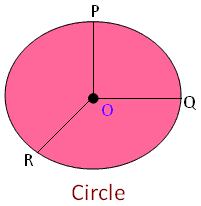
Centre: Centre is a point within the circle, that is equidistant from every point of the curve which encloses the circle. In the above-given figure, O will be the center of the circle.
Radius: The distance between the center to any point situated at the curve closing the circle is called a radius. In the above figure, OP, OQ, and OR are radius. Every radius of a circle has the same length that is all the radius of a circle is equal. Therefore, OP=OQ=OR and the radius is denoted by ‘R’.
Diameter: The line segment passing through the center and joint the two points that occurred at the curve closing the circle is called the diameter. Consider AOB or AB as the diameter of the circle O.
Diameter = Radius + Radius.
Hence, Diamter = 2 x Radius.
Circumference: The curve closing the circle is known as the circumference. In the circumference, every point is equidistant from the center.
2. Triangle: It is a three-sided polygon with three vertices and edges is known as a triangle. The three angles of a triangle give a sum of 180°. One of the best examples of a triangle is the pyramids. The triangle figure as given below consists of vertex 0, vertex 1, vertex 2, Edge 0, Edge 1, and Edge 2.
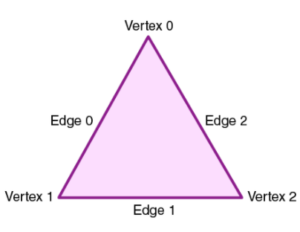
3. Square: A four-sided polygon that has four equal lengths of sides and angles which are equal to 90° is known as a square. A 2-dimensional regular quadrilateral is a square and their diagonals bisect each other at 90 degrees. Some examples of the square are a table, wall, cube, and, etc.
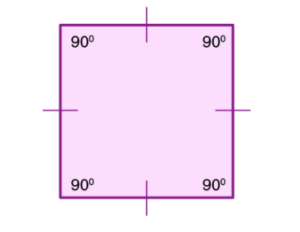
4. Rectangle: A 2- dimensional figure with four-sided where the pair of opposite sides are parallel and equal to each other is known as a rectangle. In a rectangle, all the angles are equal to 90 degrees. Examples of rectangles are Cardboard, TV, brick, etc.

5. Pentagon: The pentagon is a 2D plane shape. It will be a five-sided polygon, and the pentagon can be regular or irregular. In the regular pentagon, each interior angle is equal to 108 degrees, and each exterior angle measures. This shape has five diagonals. An example of the pentagon is, the US Department of Defence headquarters has the shape Pentagon, it is a perfect example of the pentagon shape.
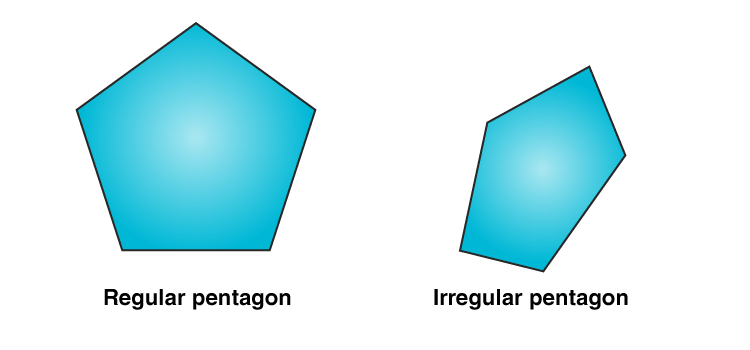
6. Octagon: An octagon is a polygon with eight sides and can be either regular or irregular. It is a 2D shape with eight angles, and the sum of all interior angles of an octagon is 108 degrees. An example of the octagon is, the stop signboard that you can see on the roadside has an octagon shape.

The plane figures like rectangles, triangles, circles, squares..etc are called two-dimensional (2-D) figures. They have length and breadth.
Perimeter and Area of Plane Figures
| 2D Shape | Perimeter | Area |
|---|---|---|
| Circle | 2Πr | Πr² |
| Square | 4(Sides) | Side² |
| Rectangle | 2(Length + Breadth) | Length * Breadth |
| Triangle | Sum of three sides | 1/2 (Base * Height) |
| Pentagon | 4(Side) | 1/2 Product of diagonals |
| Octagon | 2(Base + Side) | Base * Height |
FAQ’s on Plane Figures
1. What are the examples of plane figures?
The examples of the plane figures are given below,
Plane figures: square, circle, rectangle, triangle, pentagon, octagon, hexagon, etc., are examples of plane figures.
2. Write the difference between 2-Dimensional and 3-Dimensional shapes?
2D shapes do not have thickness or height but 3D shapes have height.
3. What are the real-time examples of 2D shapes?
Examples of 2D shapes are pizza, tiles, brick, rectangular plot, ring, a piece of pizza.
4. What are the plane figures?
A plane figure is a two- dimensional closed figure which has no thickness. A plane in geometry is a flat surface that extends up to infinity in all directions. It has infinite width and length and no thickness (zero thickness).
